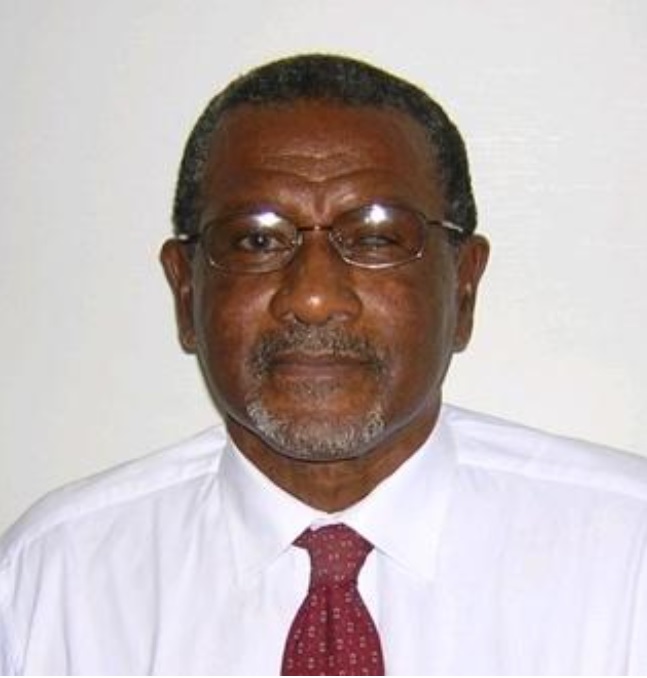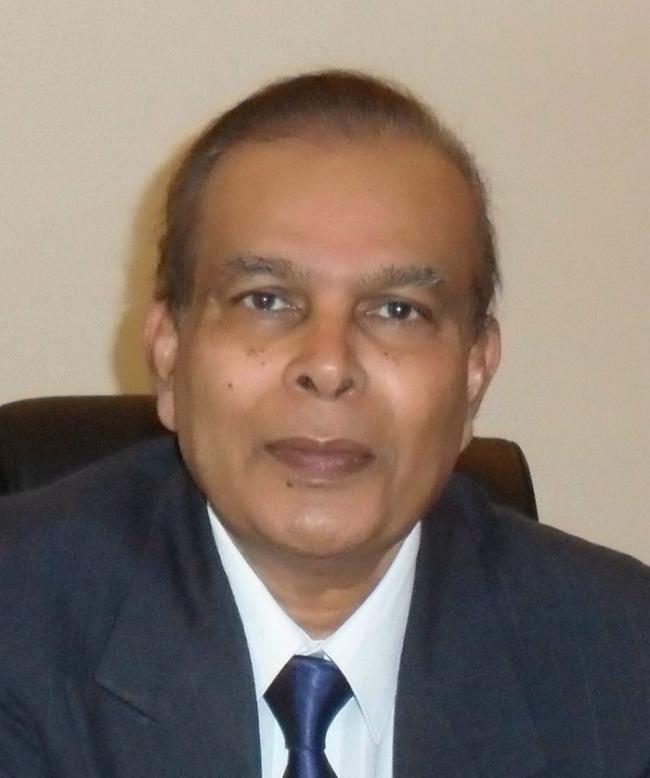One of Guyana’s Low Carbon Development Strategy (LCDS) objectives is transforming the country’s energy sector as part of our overall effort to achieve a low-carbon economy. Focus has been on employing a mix of approaches involving using natural gas as a bridging fuel while we exploit our renewable energy resources – hydro, solar, wind. A300 MW gas-to-energy plant is expected to start up as soon as 2024, providing the electrical grid with a reliable supply of cheap electricity for the first time in Guyana’s history.
This sturdy baseline also gives Guyana the opportunity to explore a broader range of energy technologies in the near-to-medium-term. As we shape the future architecture of the energy sector, it would be advisable not to ignore some low-hanging fruits for energy generation, which provide a win-win scenario for Guyana if implemented. I refer to the well-established technology of waste to energy. Under this umbrella, we have a range of wastes to utilise – domestic waste, agricultural waste inclusive of waste from livestock, and wastes from sawmills and from the rice industry. We have, over the years used the waste from the sugar industry (bagasse) as a source of energy, which is still a possibility, should Guyana continue to be a major sugar producer in the region.
Let us examine the potential for adopting waste-to-energy technologies in Guyana. For a start, it leaves us in a win-win situation, in that it is economically feasible and provides significant environmental benefits, which will contribute to our ability to manage better wastes that can negatively impact our quality of life, if these are left unattended.
Management of our domestic waste has always been a challenge, not only for Guyana but for all countries in CARICOM. The favoured method is the use of landfills, but these, in many instances, can lead to air and aquifer pollution if not better designed. For the Small Island States in the region, there is also the challenge of the availability of space for such landfills. In recent years, landfills, if properly designed, constructed, and managed, provide a source of methane which is then utilized for energy generation. This must be accompanied by facilities for sorting the waste that is collected. In some countries, the waste is sorted out at the point of usage, with different coloured bins being used for organic and non-organic matter. I am not familiar with what occurs at the Haag Bosch landfill on the East Bank in Guyana, but there have been complaints from residents downwind from the facility about the odor that emanates from it. It would be helpful to assess the potential for harvesting the gas it generates for energy use. Also, if the country persists with landfills, arrangements should be in place to ensure that future dumps are designed to be utilized for energy generation.
Apart from the landfill, there are available internationally mature and well-tried technologies for the transformation of domestic waste to energy, usually through a combustion process. One might ask why this approach has yet to be adopted in the region. It certainly is not a result of a lack of interest but rather due to the unavailability of plants that operate at a scale that matches the amount of waste locally available. The plants on the market are designed to handle volumes of waste generated by large metropolitan cities, and the trash generated in our countries over a year, would be able to provide feedstock to keep such a plant operational for about a few weeks. As a result, if a country needed to pursue this avenue, it would have had to commission a plant of the required capacity at astronomical costs. Some of the countries in the Caribbean had considered pooling their wastes and transporting this to a waste to energy facility on a particular island. Apart from the logistical problems posed by collection and transport, there was the additional social issue of local scepticism about processing other people’s waste. Recently, however, some companies have addressed this sizing issue and are designing plants that can operate in small economies. To further address the sizing issue they are also preparing them to utilize a range of feedstock, including in one instance, hospital wastes. I expect these will start appearing across the region in due course, mainly to address the need to effectively deal with waste pollution.
Other opportunities exist in the sugar industry through bagasse, a technology we are pretty familiar with. Indeed, one approach to sugar is to regard it primarily as an energy industry, generating energy through cogeneration utilizing the bagasse and treating sugar as a by-product. Agronomic research has produced high fibre planting material that meets the specifications for this type of approach. As Guyana consolidates its agriculture sector, there will be many opportunities to generate energy from agricultural waste.
During the Institute of Applied Science and Technology (IAST) operation in the eighties, a national biogas programme was successfully implemented. This involved using animal waste (livestock, pigs) to generate biogas used for heating, lighting, and refrigeration. The project developed and employed digesters for domestic and institutional use. Over four years, about ninety eight digesters were built and deployed in many communities in Guyana. The recent disclosure that a large-scale dairy farm is being considered part of a project to provide dairy products for Guyana opens the door for considering the installation of an industrial-sized biogas plant, utilising all of the animal waste that would be available. This would provide the energy required for their processing activities. Incidentally, the slurry recovered after the fermentation cycle is an excellent bio fertilizer that can be utilised as a part of our thrust for sustainable and low-emission agriculture. The extensive activity locally with livestock and pig farming provides an opportunity for waste-to-energy biogas technology, which, apart from providing the farmer with a cheap source of energy, gives him/her an ideal solution to the environmental problem posed by the waste generated mainly in the pig farming industry. An added benefit would be access to a highly nutritious biofertilizer, a key input into our organic farming thrust.
Earlier work at the Institute involved research on the use of kernel oil from the seeds of local palms widely dispersed throughout the country. This work focused on their suitability for human consumption. We had samples sent to Brazil for further assessment and the report we received on the oil from one palm, the kokerite, stated that it was the best raw material for conversion to biodiesel. At that time, we did not grasp the significance of this observation as the issue of biodiesel was in its infancy. Guyana, with its vast stands of kokerite palm, has an opportunity to establish a rural biodiesel industry. In later years, the Institute operated a small-scale pilot biodiesel plant to produce biodiesel from locally produced palm oil. This was used to power all of the Institute’s vehicles. The biodiesel concept can be applied to the collection and reuse of spent edible oil generated in the restaurant industry, as done in many countries. Apart from converting waste oil into useful biodiesel, it allows for managing waste oil from the country’s kitchens.
Waste utilisation is one of the key pillars of efforts globally to adopt the circular economy concept in development as inter alia it provides opportunities for employment, inclusiveness, rural development and maintaining a cleaner, healthier environment. Adopting a mindset that waste is a resource and supporting local efforts to optimize its use could contribute to Guyana’s green growth agenda . Guyana’s timber and rice industries offer an excellent opportunity to utilise wastes generated to power their operations and in one fell swoop address the serious environmental challenges these wastes pose locally and energy needs of the respective industries and will be discussed in a subsequent paper on this waste to energy issue.
Dr. Ulric Trotz, formerly the Science Adviser at the Caribbean Community Climate Change Centre in Belize, is a highly accomplished and knowledgeable scientist who has made significant contributions in his field. He has held various leadership positions throughout his career, including Director of the Science & Technology Division at the Commonwealth Secretariat, Secretary of the Commonwealth Science Council, and Science Adviser to the Commonwealth Secretary General. He has also served as Secretary-General of the National Science Research Council in Guyana and as Dean of the Faculty of Natural Sciences at the University of Guyana. From 1980 to 1991, Dr. Trotz was the Director of the Institute of Applied Sciences and Technology in Guyana.





